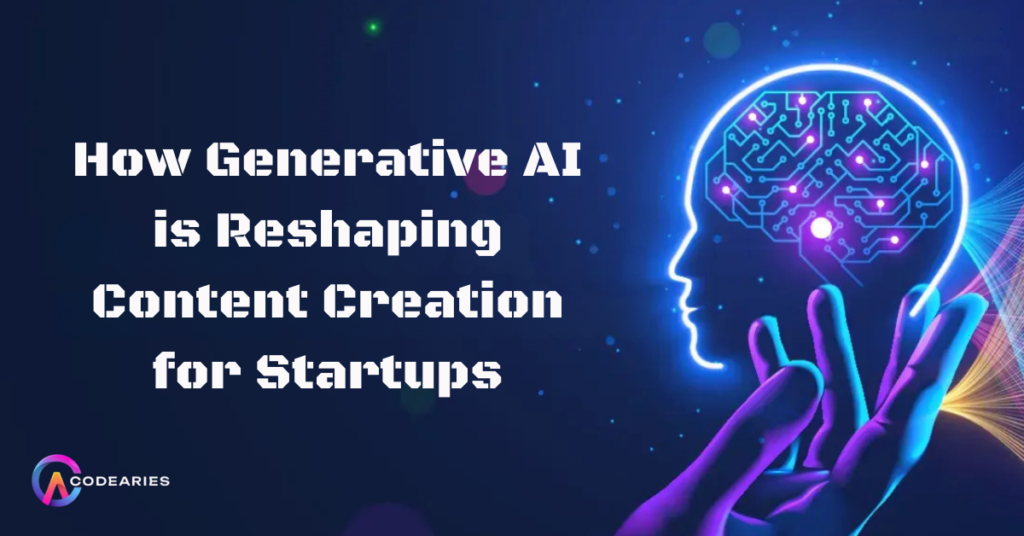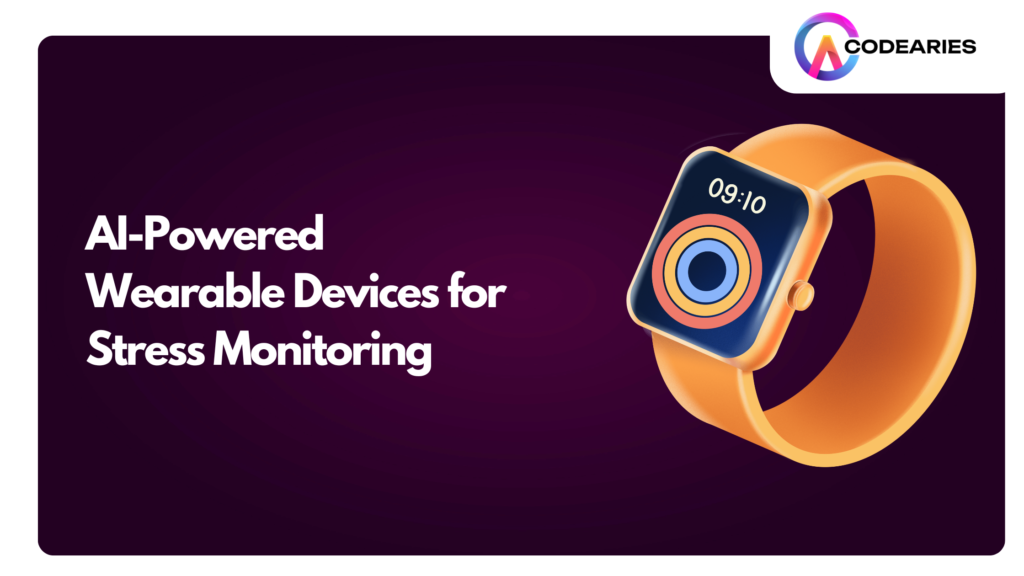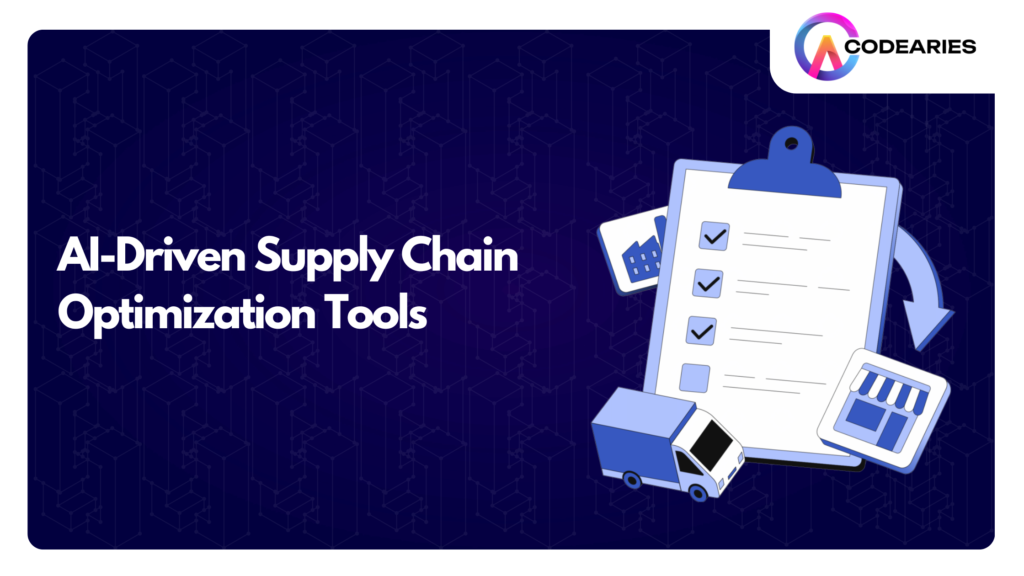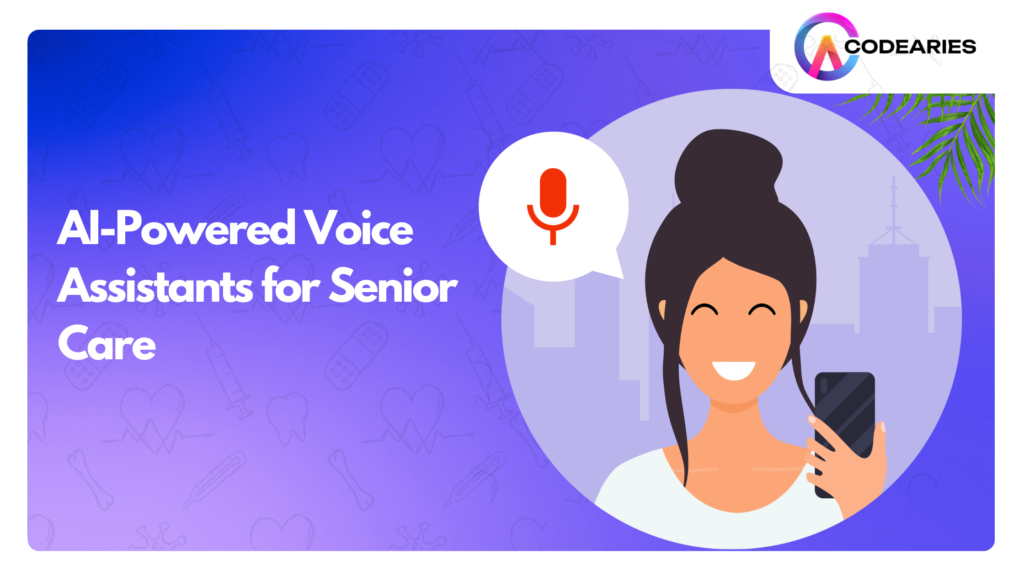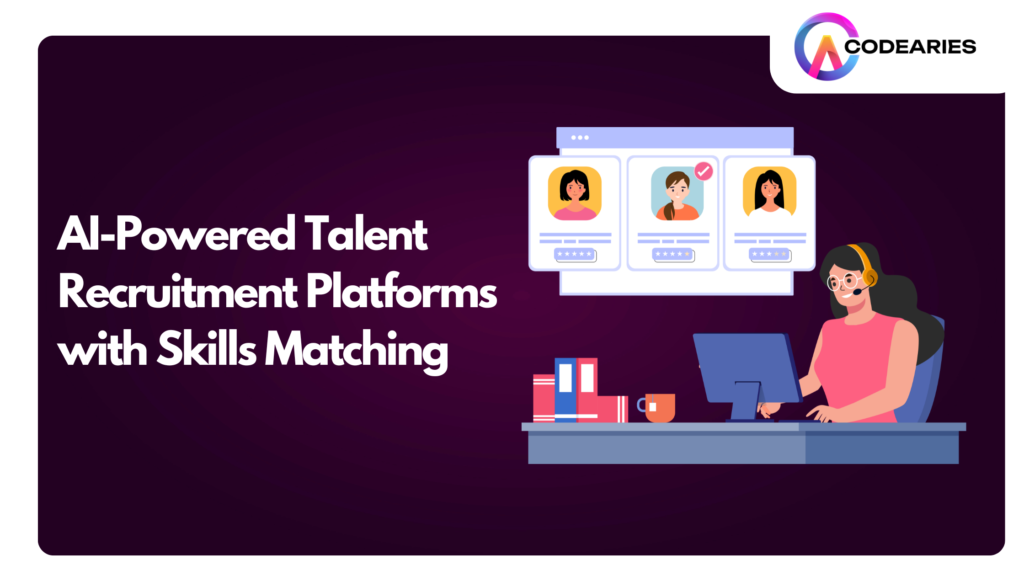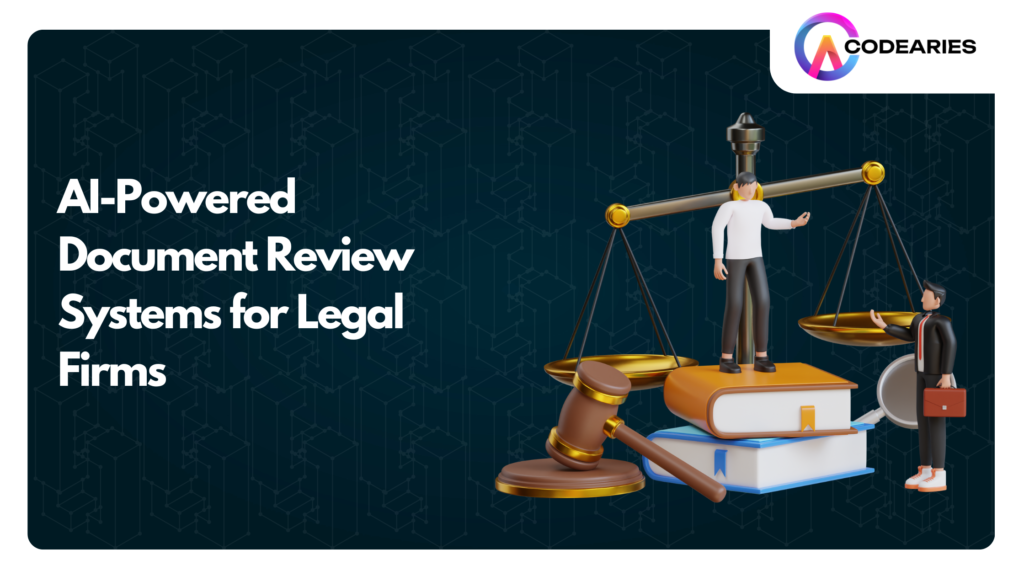How Generative AI is Reshaping Content Creation for Startups
In recent years, generative AI has rapidly changed the way startups create content. This technology provides new opportunities for growth, creativity, efficiency, and competitive advantage. Generative AI is no longer a far-off idea; it is now contributing to real innovation for forward-thinking startups in various industries. But how is this technology altering the entrepreneurial landscape? What practical ways are startups using AI-driven content? What best practices distinguish market leaders? In this blog, we will look at the new approach of generative AI in startup content creation, review industry examples, discuss current trends, and show how a partner like Codearies helps startups make the most of these advancements. The Basics: What is Generative AI? Generative AI is a type of artificial intelligence that can autonomously create new text, images, audio, video, code, and more. This technology is powered by models like GPT-4, DALL-E, Stable Diffusion, and others. Unlike traditional predictive AI, which only analyzes structured data, generative models learn from extensive and diverse datasets to create completely new outputs that can mimic or even surpass human work. Core applications in content creation: Why Startups Can’t Afford to Ignore Generative AI 1. Efficiency and Cost Savings Most startups operate with small teams and limited budgets. Generative AI allows for quick creation of a wide range of content such as website copy, social media banners, explainer videos, and email blasts without the typical delays from hiring or outsourcing. High-quality drafts and creative concepts can be produced in seconds, allowing founders to focus on their products and customers. 2. Scaling Creative Output AI helps teams produce more content—faster, and at higher quality: 3. Leveling the Playing Field In the past, high-quality video presentations, custom illustrations, and nuanced writing required significant budgets. With generative AI, small teams can achieve the same creative level as larger companies, competing on originality and speed rather than resources. 4. Personalization at Scale AI-generated content can be tailored for different customer profiles, locations, languages, and buying journeys. This allows startups to create targeted messaging and visuals for specific user segments, increasing engagement and conversion rates beyond generic communications. 5. Faster Ideation and Rapid Prototyping AI aids in brainstorming and idea generation, enabling teams to quickly develop messaging, naming, storyboards, or visual designs. This fast prototyping shortens go-to-market timelines and fosters a culture of innovation. Real-World Examples: Startups Winning With Generative AI Key Trends in Generative AI Content Creation for Startups (2025) – Democratization of Creative Tools Open-source AI frameworks and affordable cloud-based tools have reduced barriers, making high-quality creative technologies accessible to startups without needing big budgets. – Increased Investment Generative AI startups have raised billions, with specialized tools emerging for marketing, sales, HR, product onboarding, and more, allowing for focused content solutions. – Human+AI Collaboration Top startups aren’t looking to fully replace human creators; they aim to enhance them by using AI for drafts and ideation, then refining the output through expert reviewers. – Focus on Authenticity and Brand Voice Today’s AI tools can be adjusted to reflect a brand’s unique tone, message, and style, helping startups maintain authenticity. – Security and Compliance AI-generated content needs to be protected against data breaches, misuse, and plagiarism. The best platforms now offer compliance features to secure company intellectual property and customer trust. – Content Intelligence and Analytics More startups are using AI not just for creating content but also for analyzing what works. This approach enables a complete connection from creation to conversion. Challenges and Cautions The Practical Playbook: Making the Most of Generative AI How Codearies Supercharges Startup Content Creation with Generative AI At Codearies, we help startups and scaleups launch, differentiate, and grow with innovative AI-driven content. Whether you are a seed-stage innovator, a fast-growing SaaS, or a creative brand entering global markets, our team enables you to fully harness the value of generative AI for scalable, secure, and high-quality content workflows. Here’s How We Help Startups Win: Partnering with Codearies means more impactful content with less overhead, along with the tools and knowledge needed to excel in the AI-powered creator economy. Frequently Asked Questions (FAQ) Can Codearies tailor generative AI content workflows to our startup’s industry or audience? Yes, we customize data sources, prompts, and fine-tune models to ensure your content is on-brand and relevant to your target market. How does Codearies ensure quality and originality in AI-generated content? We implement review checkpoints and plagiarism checks, combining AI efficiency with expert editorial oversight. Does Codearies offer integration with our existing tech stack? Yes, we design AI tools to connect with your CMS, CRM, web apps, or analytics, allowing automation without disrupting established workflows. Is our data and IP secure when using Codearies AI services? Security is fundamental to our approach. We adhere to strict data privacy standards and compliance protocols to protect your intellectual property. What ongoing support does Codearies provide for generative AI projects? We offer continuous training, feature updates, performance monitoring, and strategic guidance to help your AI content platform evolve as your startup grows.

